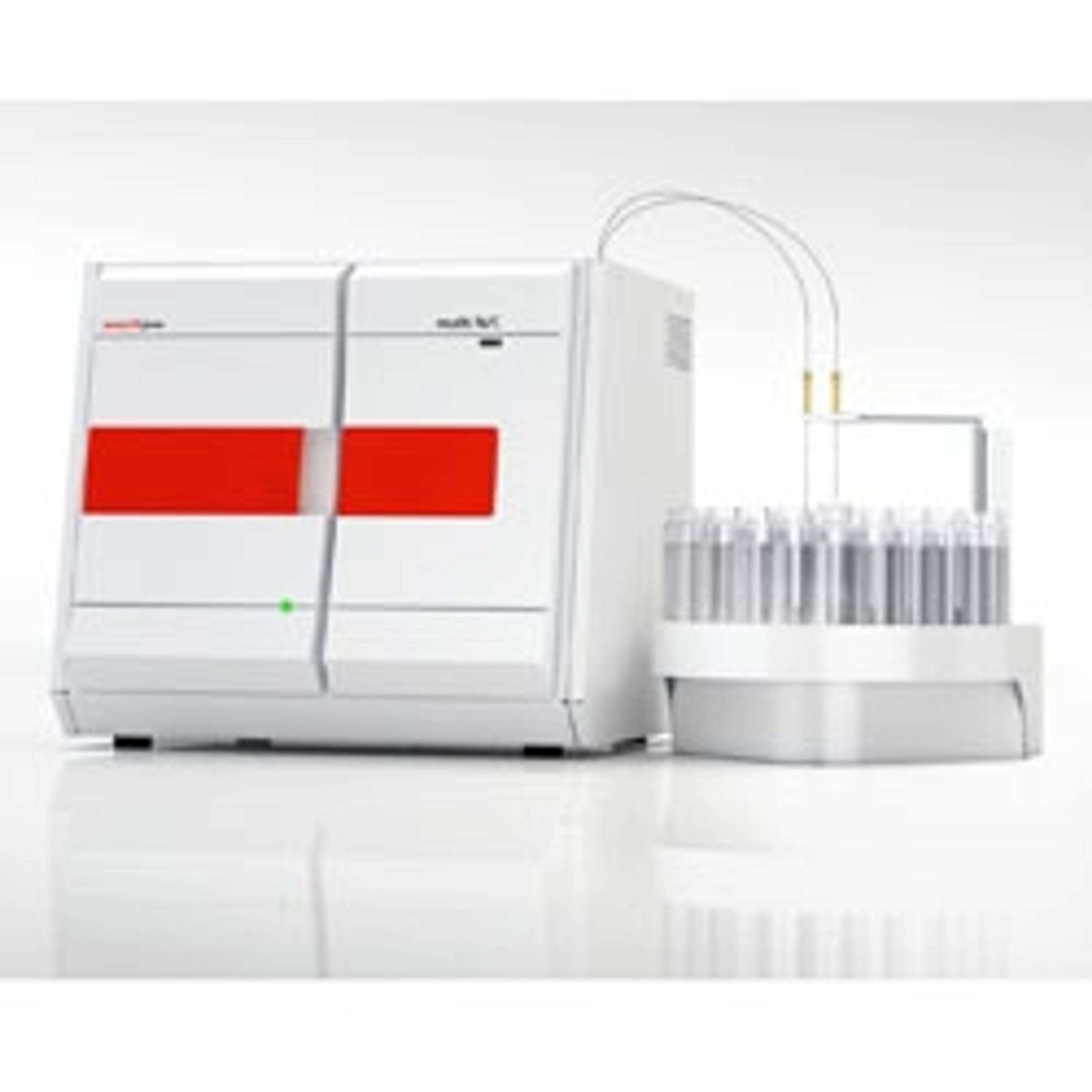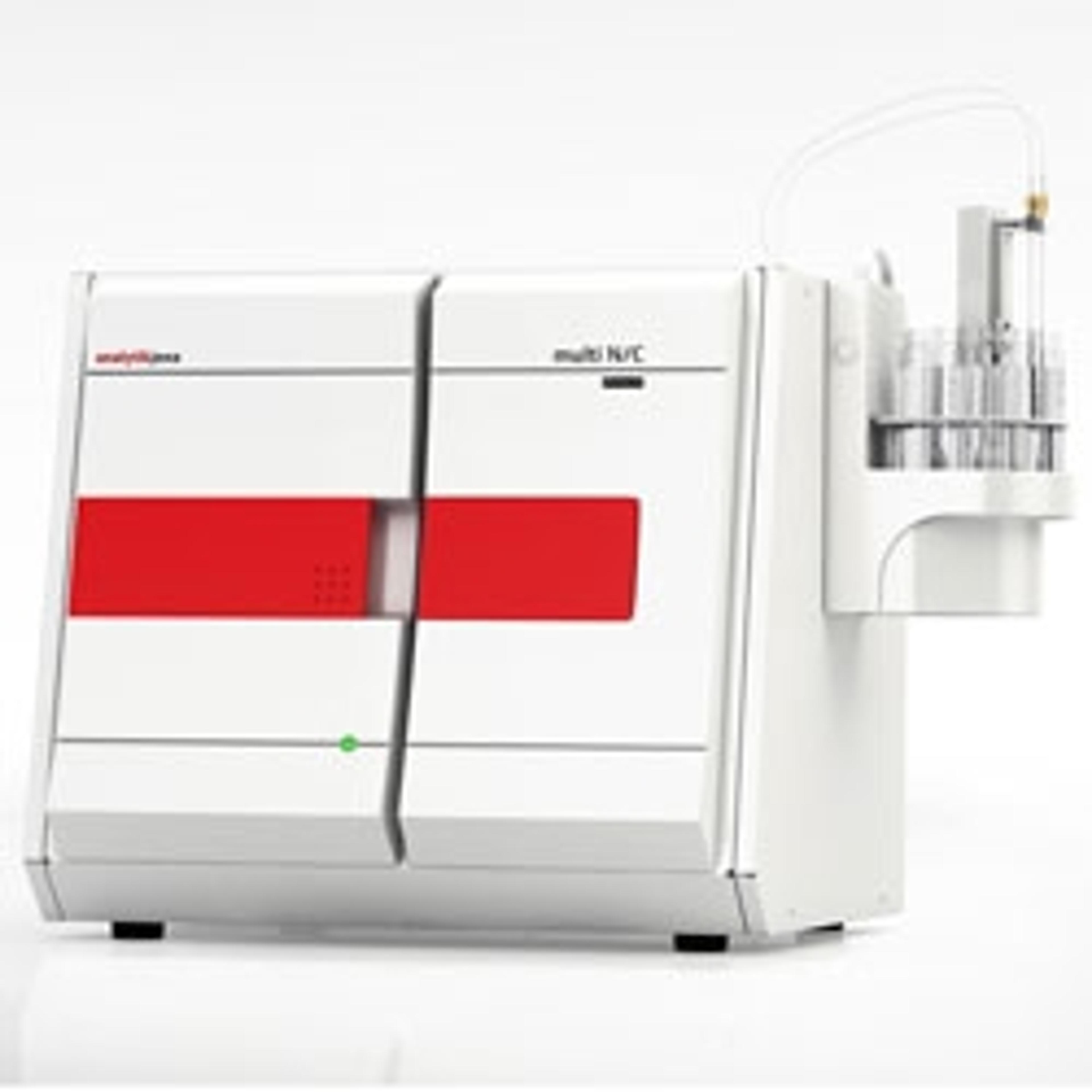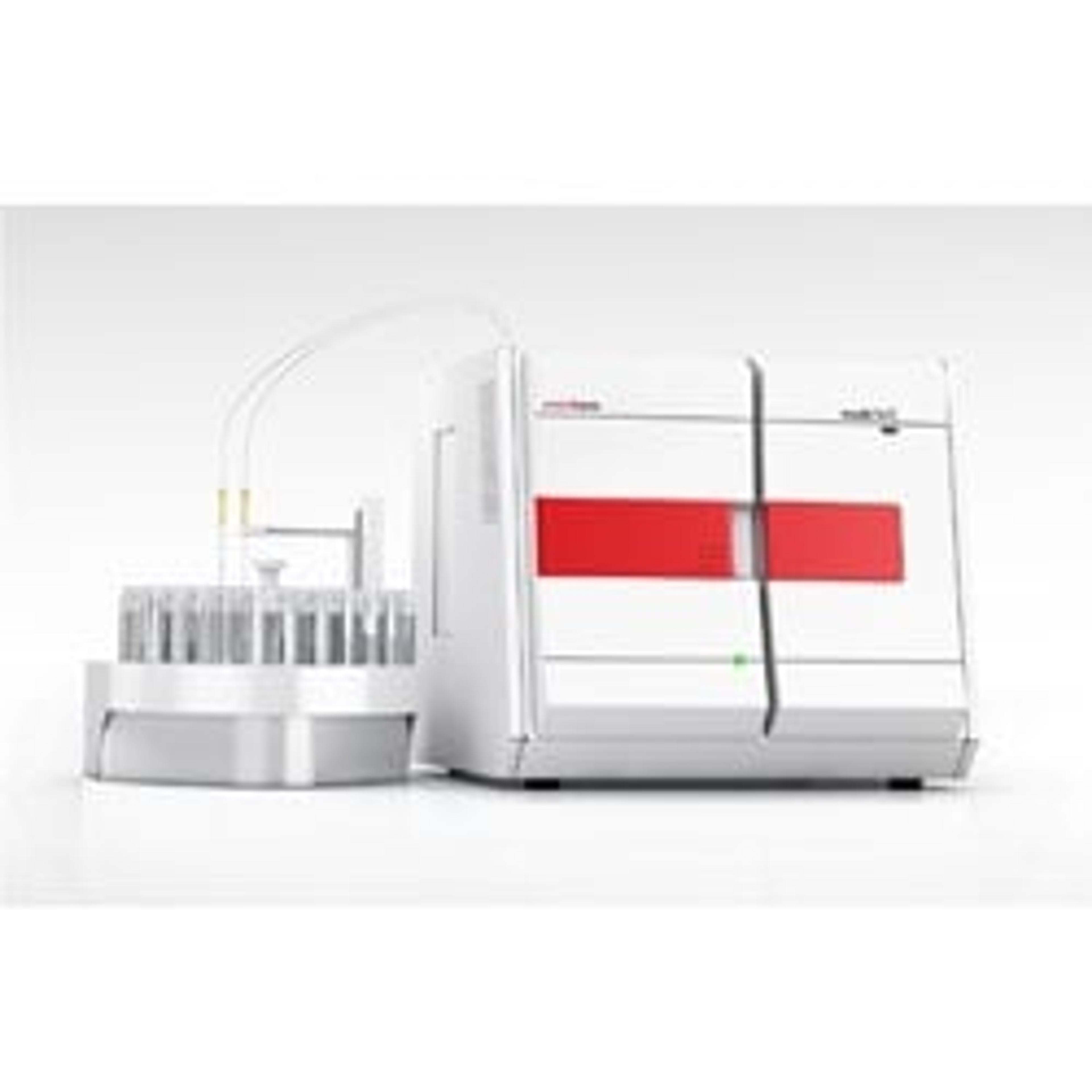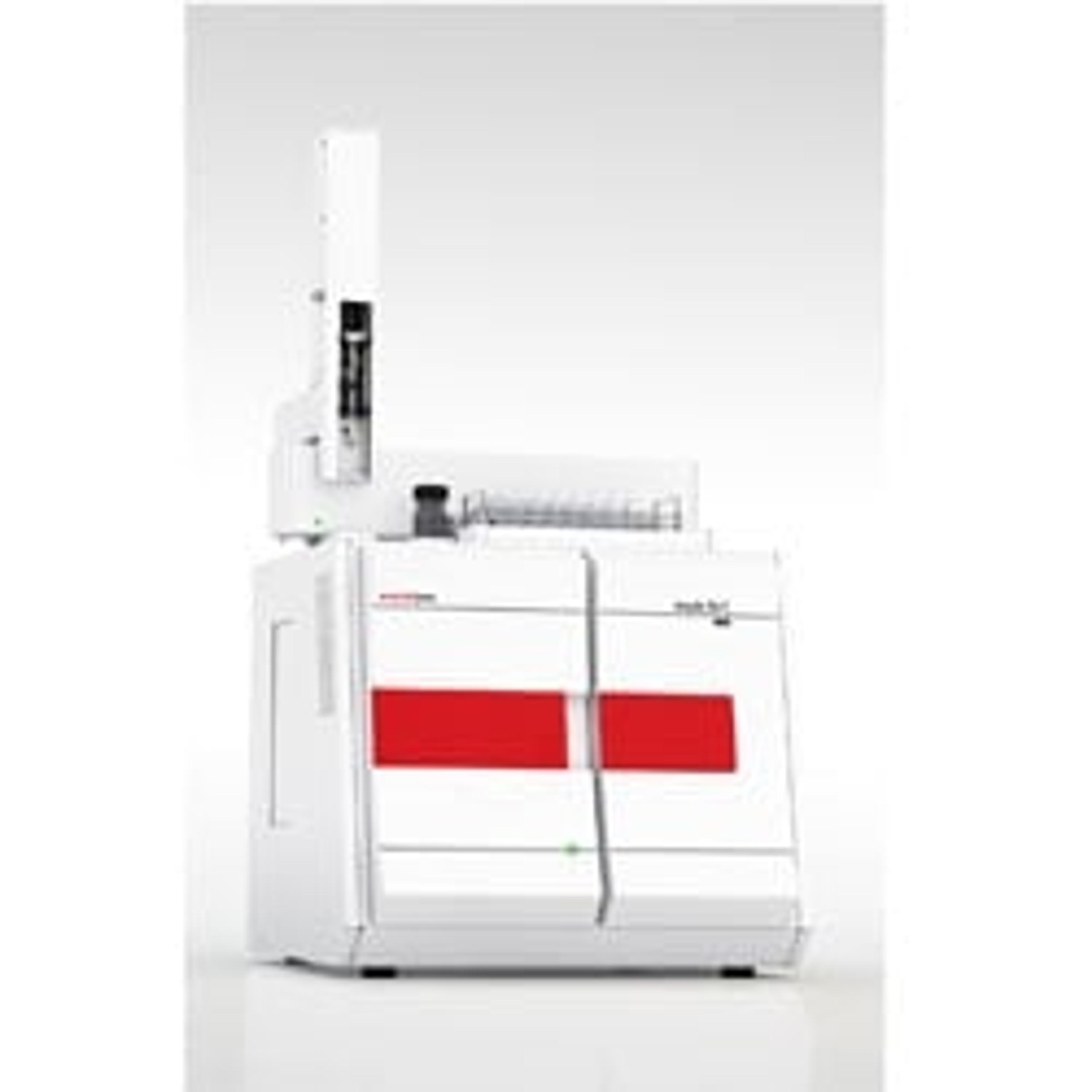Precise TOC Analysis: The Right Injection Technique Makes the Difference!
17 Nov 2015
Most samples in environmental TOC applications are containing particles. Thus, for the purchase decision the following questions gain special weight: Are the suspended particles going to be transferred quantitatively into the combustion system? Are frequent blockages to be expected? Do wear and tear of Teflon parts and leakages in valves and the dosing syringe cause high maintenance costs?
The multi N/C® series gives you the choice between two experts: The direct injection system and waste water specialist multi N/C® 2100 or the all-rounder multi N/C® 3100. The direct injection technique guarantees direct sample introduction into the combustion system, without tubing and valve technique. The sample is directly drawn up into a micro liter syringe. The wide-bore needle and the septum-free injection head ensure the optimum particle handling capability and leak-free continuous operation.
The all-rounder multi N/C® 3100 brings highest sample throughput. This flow injection system guarantees the robust and representative sample transfer by big inner tubing diameters. The intelligent back-rinse technique prevents and eliminates blockages. Teflon wear by remaining particles in the dosing syringe is prevented, because samples are not even drawn up into the syringe. Inside the dosing valve the approved and robust ceramic technique is used. Thus, the highest operation standard in terms of particle handling, productivity and low wear is realized.




